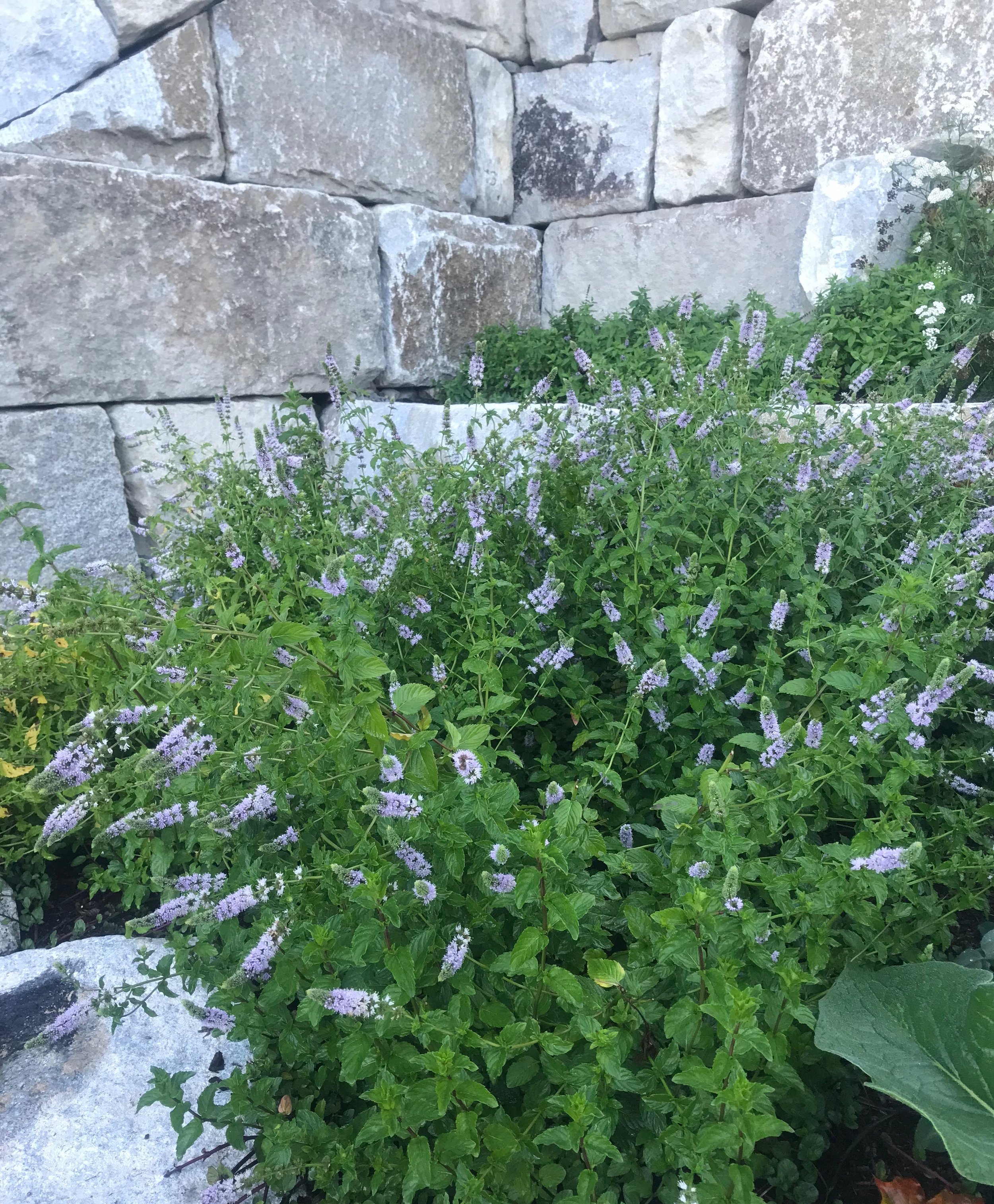Plant spotlight: mentha spicata spearmint
/There are over 30 different species of mint, with the three chief species being Spearmint (Mentha spicata), Peppermint (M. piperita), and Pennyroyal (M. pulegium). Mint is native to the Mediterranean region and can be found naturally growing along stream banks. The Romans first introduced this plant to the British who then brought it to America 200 years ago. Since then, mint can be found growing in most gardens around the world with the United States being the world’s largest producer of Spearmint and Peppermint.
Planting, Care, & Harvesting
Mint is an easy and fast-growing plant. While the plant prefers moist, well-draining soil, similar to its natural habitat, mint can succeed in almost any soil. Mint should be planted in a partially sheltered, partially shaded area, however, it will also thrive in sunny garden beds. Using variety in where you decide to plant mint can allow for different harvesting times as sheltered mint will be ready for harvesting earlier than mint planted in exposed, sunny beds. Although it is easy to plant and easy to thrive, mint is difficult to control. Horizontal runners and underground rhizomes allow the plant to spread quickly and overtake neighboring plantings. To control your mint plants, provide physical barriers (walls, containers, etc.) that will contain growth in only the area you want. Once established, mint requires very minimal care and attention as long as the soil remains moist. This can be helped by using light mulch. Cutting back on the runners and picking and pruning often will also benefit your mint plant.
Mint is an abundant producer. One plant can be fully harvested up to three times in one growing season. If you choose not to harvest your mint plant, you can always just pick the leaves as you need them. You want to harvest the mint right before it starts to flower. To ensure that your mint plant continues to grow, cut the stems 1 inch from the ground. Like a good haircut, frequent harvesting is essential to mint plants looking and producing at their best. For consumption and use, fresh mint leaves are best, however the leaves can be frozen or air-dried for later use.
Uses
Mice Mitigator: Mice have been known to avoid the scent of mint, making it a natural rodent repellent. Placing mint leaves or cotton balls soaked in mint oil around your home can significantly reduce the presence of pests during the cold winter months.
Fresh Feel: Mint of almost any variety can soothe sore muscles, relieve sunburn, reduce nausea, and heal headaches. Mint oil can be applied to the temples for headache relief, breathed in when feeling nauseous, or used in body scrubs to relieve aching muscles. Menthol’s natural cooling properties make it perfect as a cure for sunburns. Mix hot water and mint leaves and refrigerate to be later applied to burns with cotton balls or soft cloth. Consider using some natural remedies the next time you feel aches and pains rather than defaulting to store-bought products.
Food & Drink: Whether it’s the hottest day in July or a cold January night, mint is always on the menu. Spearmint is the species of mint most used for cooking, and can be incorporated into most drinks, salads, dinners, or desserts. Try this Minted Summer Couscous with Watermelon and Feta Salad recipe while the weather is still warm!


